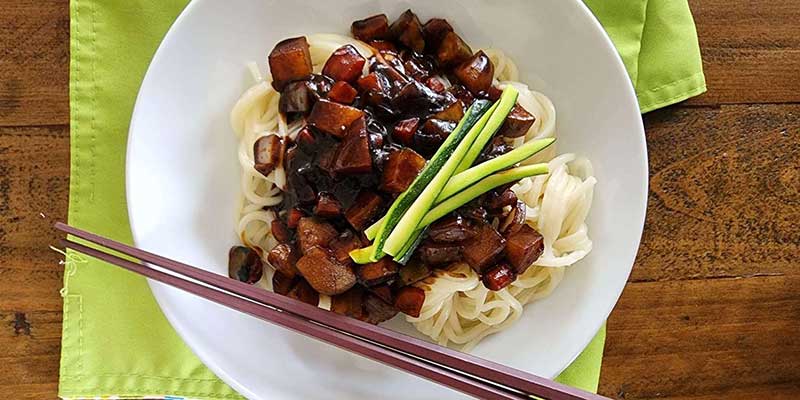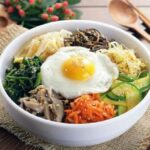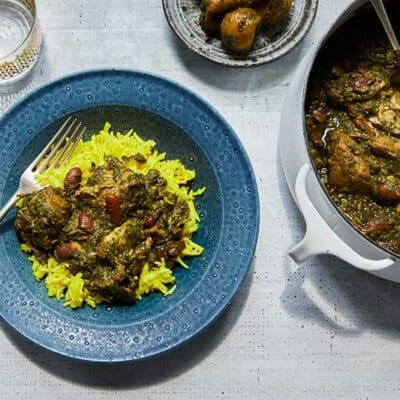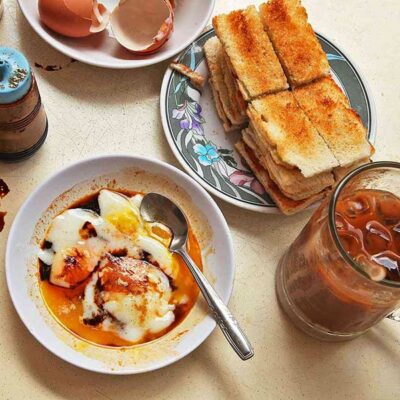Easy Homemade Jajangmyeon Recipe
What is Jajangmyeon?
Jajangmyeon is a Korean-Chinese fusion dish that originated in China but gained immense popularity in Korea. It consists of thick, wheat-based noodles topped with a thick, savory black bean sauce. The sauce is made by stir-frying chunjang (black bean paste) with various ingredients such as meat, vegetables, and seasonings. Jajangmyeon is known for its distinct, dark color and rich flavor.The History of Jajangmyeon
Jajangmyeon has a fascinating history that dates back to the late 19th century. It was brought to Korea by Chinese immigrants who settled in the Incheon area. Over time, the dish gained popularity and became a staple in Korean cuisine. Today, Jajangmyeon is widely enjoyed in Korea and is often associated with special occasions and celebrations.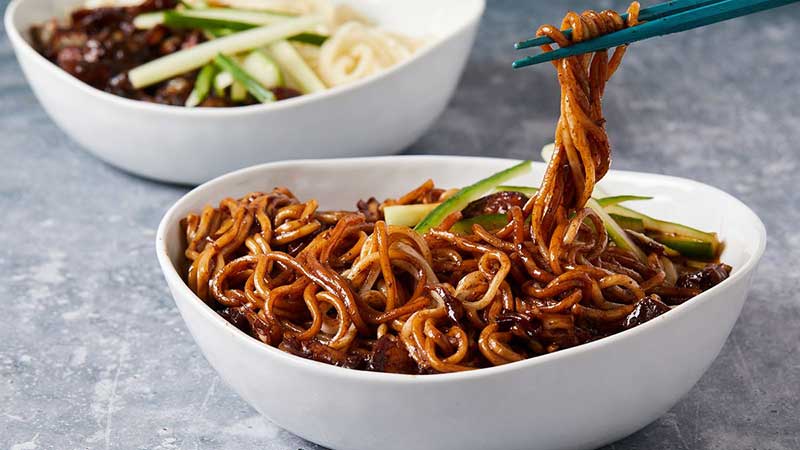
Ingredients for Homemade Jajangmyeon
To make Jajangmyeon at home, you will need the following ingredients:- 200 grams of chunjang (black bean paste)
- 300 grams of pork belly or beef, finely diced
- 2 tablespoons of vegetable oil
- 1 onion, finely chopped
- 2-3 cloves of garlic, minced
- 1 zucchini, diced
- 1 potato, diced
- 1 carrot, diced
- 1 cup of cabbage, shredded
- 2 cups of chicken or vegetable broth
- 2 tablespoons of oyster sauce
- 1 tablespoon of soy sauce
- 1 teaspoon of sugar
- Salt and pepper to taste
- 4 servings of fresh or dried jajangmyeon noodles
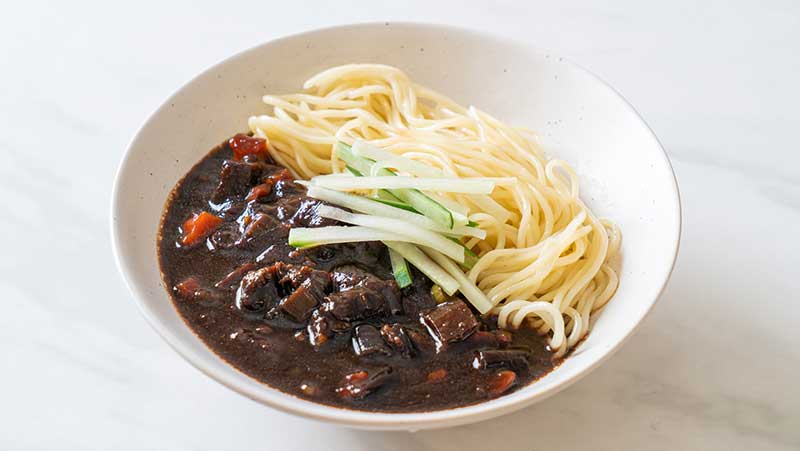
Step-by-Step Instructions to Make Jajangmyeon
- Cook the jajangmyeon noodles according to the package instructions. Drain and set aside.
- Heat the vegetable oil in a large skillet or wok over medium heat.
- Add the diced pork belly or beef to the skillet and stir-fry until browned and cooked through.
- Add the chopped onion and minced garlic to the skillet and cook until fragrant.
- Add the diced zucchini, potato, carrot, and shredded cabbage to the skillet. Stir-fry for a few minutes until the vegetables start to soften.
- In a separate bowl, mix the chunjang (black bean paste) with the chicken or vegetable broth until well combined.
- Pour the chunjang mixture into the skillet with the vegetables and meat. Stir well to coat everything with the sauce.
- Add the oyster sauce, soy sauce, sugar, salt, and pepper to the skillet. Stir to combine.
- Reduce the heat to low and let the sauce simmer for about 15-20 minutes, or until it thickens.
- While the sauce is simmering, cook the jajangmyeon noodles again in boiling water for a few minutes until tender.
- Drain the noodles and divide them into serving bowls.
- Ladle the thick black bean sauce over the noodles and garnish with some chopped green onions, if desired.
- Serve the homemade Jajangmyeon hot and enjoy!
Tips and Variations
- For a vegetarian version, you can omit the meat and use tofu or mushrooms instead.
- Feel free to add other vegetables of your choice, such as bell peppers or broccoli, to the dish.
- If you prefer a spicier flavor, you can add some gochujang (Korean chili paste) to the sauce.
- To enhance the umami taste, you can also add some seafood, such as shrimp or squid, to the dish.
Master the Art of Slow-Cooked Pork Belly
Serving and Enjoying Jajangmyeon
Jajangmyeon is traditionally served with a side of danmuji (pickled radish) and enjoyed with a pair of chopsticks. The noodles should be mixed thoroughly with the sauce before taking each bite to ensure a perfect blend of flavors. The combination of the chewy noodles and the savory black bean sauce creates a delightful culinary experience that will leave you craving more.Health Benefits of Jajangmyeon
Jajangmyeon not only satisfies your taste buds but also offers some health benefits. The dish contains various vegetables that provide essential vitamins, minerals, and dietary fiber. The black bean paste used in the sauce is a good source of protein and offers antioxidant properties. However, it’s important to consume Jajangmyeon in moderation as it can be high in sodium and calories.Can I Use the Spanakopita Recipe to Make Jajangmyeon?
While the delicious spanakopita recipe is perfect for making traditional Greek spinach pie, it may not be suitable for creating Jajangmyeon. Jajangmyeon is a popular Korean noodle dish with a unique flavor profile due to its black bean sauce. To ensure an authentic and satisfying Jajangmyeon, it’s best to follow a recipe specifically designed for this dish.


